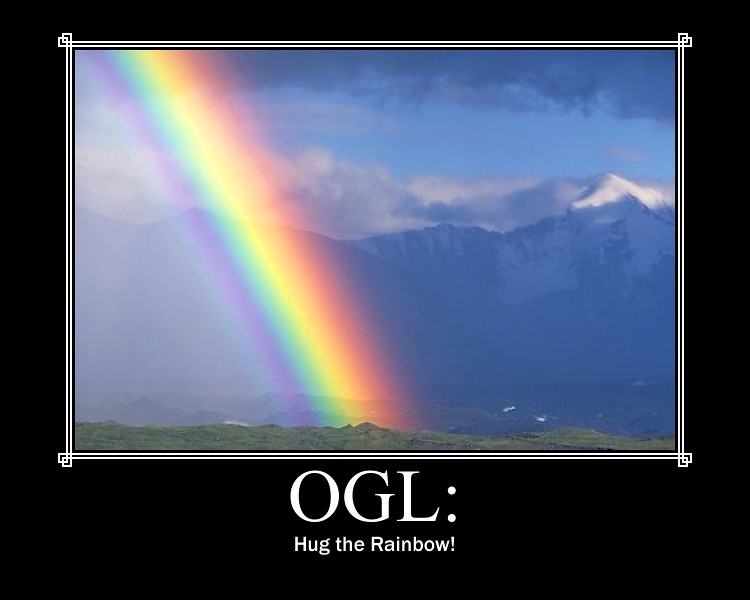Lots of promises about how robust and fair the new OGL was going to be, for starters.
I almost stopped buying 3PP in the 3e era. Quality was an issue. And the high quality stuff wasn't what I was interested it. (Usually whole new d20 games, which isn't what I wanted.) So the GSL never affected me.
That said, I did buy a couple of products from Necromancer in the 3.5 era. Both were tied to the old judges guild Wilderlands setting. Good stuff. Not just high quality, but the kind of product I wanted.
Also lots of stuff about how the game was going to make the DM's job easier, etc.
For me, it has. However, some of my job would have been made easier for me under 3.5 (and was slowly starting to towards the end there) simply by caring less about precise stat blocks and building everything to the nth degree. It can be done under 3.5, but 4e seemed to really embrace that idea.
In the end it was pretty obvious that WotC wanted to take a "go it alone" approach to the edition, so that's what we let them do.
It's my opinion that Wizards was to generous with licenses during the 3.x era. Gamma World was horrible. Polyhedron's Omega World was much, much better. The official fansites were hard to navigate. I'd go to one, and I found it hard to find material for my game there. I once went to the official Dragonlance website and most of it was about the novels. The faq even seemed to focus on telling people who were only familiar with the novels that it was also an RPG setting.
But now they've gone to far. Pulling the print magazines was a bad idea. For one thing, the print magazines gave the game extended visibility. Second having a magazine publisher publish the magazines made them the most professionally produced versions of them magazines ever. It's not like it's not viable, White Dwarf and No Quarter have managed to survive and their house organs like Dungeon and Dragon are.
But worse, the professionalism has just gone down in the magazines completely. No deadlines, no pdf compilations, no way to purchase back issues. The articles are miniature splat books. Dungeon has completely disintegrated. It's like they've forgotten how close to death it was before it was combined with Polyhedron (even then it was on severe life support.)
And the software. Well, at least we have software. It literally took years for CMP to get e-tools working properly. When 4e was on the horizon, simply wasn't any 4e software, and it stayed that way until development was pulled in-house. Then we got it. Then it improved. And now, now they've gone and messed it all up.
And thing is, I think 4e is a good game. There is some really good stuff there and I've been running it since before the PHB came out, I've enjoyed it so much.
Yeah, they went it alone. But they forgot one thing: incremental improvements and that slow and steady wins the race. It's just tough for me to keep having them scrap everything and start over when all I really need is an incremental improvement.
You know, at least I'm still having fun once a week running a game.





